介绍
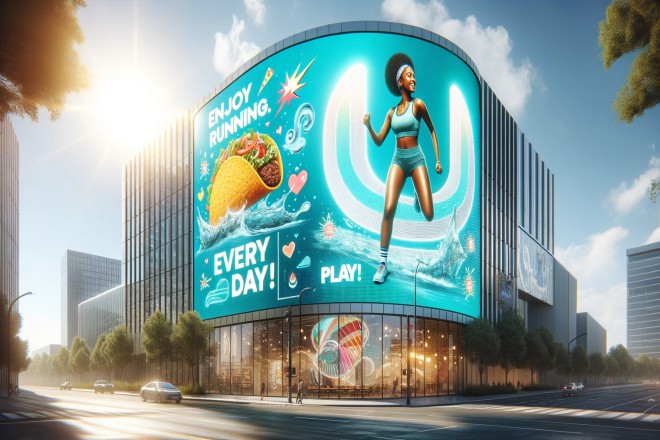
In today’s pursuit of visual feast and efficient information transmission, the importance of LED display screens as an important carrier of modern information dissemination is self-evident.
However, in the process of purchasing LED显示屏, many consumers are often attracted by the single indicator of “high brightness,” thinking that higher brightness means better display performance. However, the performance evaluation of LED displays is much more complicated than this.
This article aims to deeply explore this misunderstanding, analyze the advantages and limitations of high 亮度, and guide readers to fully understand the various performance indicators of LED displays so that they can make more informed and reasonable decisions when choosing.
1. What are the advantages and limitations of high brightness?
1). Advantages of high brightness
- 户外环境适应性:
High-brightness LED displays have significant advantages in outdoor strong light environments, ensuring that the display content is still clearly visible under direct sunlight, meeting the needs of outdoor advertising, information announcements, etc.
- Improve visual impact:
In large-scale activities such as concerts and 运动的 events, high-brightness LED displays can attract the audience’s attention, enhance the atmosphere of the scene, improve the visual impact, and give the audience a more shocking viewing experience.
2). Limitations of high brightness
- Visual fatigue problem:
Watching a high-brightness LED display for a long time can easily cause visual fatigue, cause discomfort to the eyes, and affect viewing comfort. Especially indoors or in low-light environments, excessive brightness may exacerbate this problem.
- Energy consumption and environmental protection considerations:
The realization of high brightness is often accompanied by high energy consumption, which not only increases operating costs but is also not conducive to energy conservation and environmental protection.
In the context of the current global advocacy of green development, high energy consumption has become a problem that cannot be ignored.
- Light pollution and color distortion:
In some indoor or low-light environments, excessive brightness may cause light pollution, affecting the surrounding environment and the normal life of residents.
In addition, high brightness may also cause color distortion, affect the true restoration of the picture, and reduce viewing quality.
Therefore, when choosing an LED display, you need to reasonably control the brightness level according to specific usage scenarios and needs.
2. What should you consider when choosing the brightness performance of an LED display?
When choosing the brightness of an LED display, a core and primary consideration is its usage scenario. Because different application environments have vastly different brightness requirements, this decision directly affects the audience’s viewing experience and the overall performance of the display.
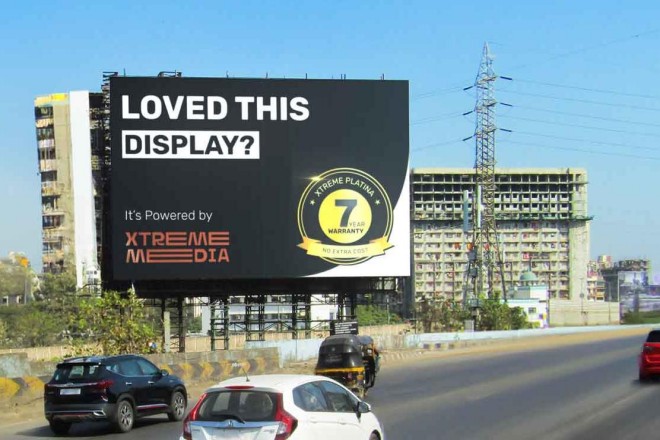
1). Outdoor environment:
In vast outdoor spaces, such as bustling commercial districts, billboards next to highways, or sports events, LED displays face the challenge of strong natural light.
In order to ensure that in these high-brightness environments, the display content can still stand out and be clearly recognized by the audience, it is usually necessary to choose a display with a higher brightness, about 5000-6000nits.
Such a design can not only effectively resist sunlight reflection but also ensure the effective communication of information and enhance the advertising effect or event atmosphere.
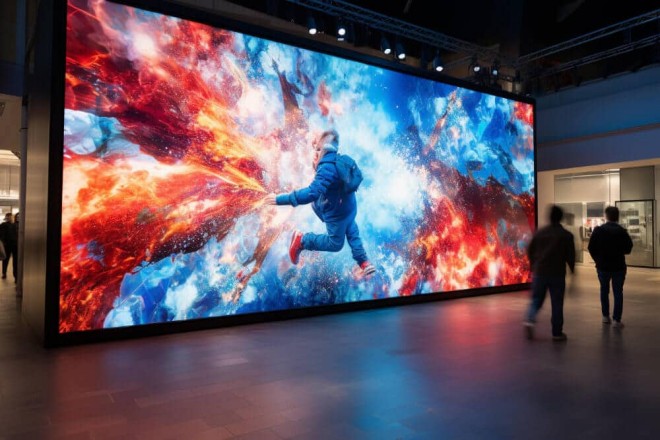
2). Indoor environment:
In contrast, indoor environments such as conference rooms, 展览 halls, or 购物广场 have relatively low brightness requirements, about 600-800nits.
In these closed or semi-closed spaces, excessive brightness not only fails to bring additional advantages but may cause visual fatigue and even light pollution, affecting the audience’s comfort and viewing experience.
Therefore, when choosing an 室内LED显示屏, you should pay more attention to its performance, such as color reproduction, contrast, and viewing angle, while ensuring moderate brightness to create a comfortable and harmonious viewing environment.
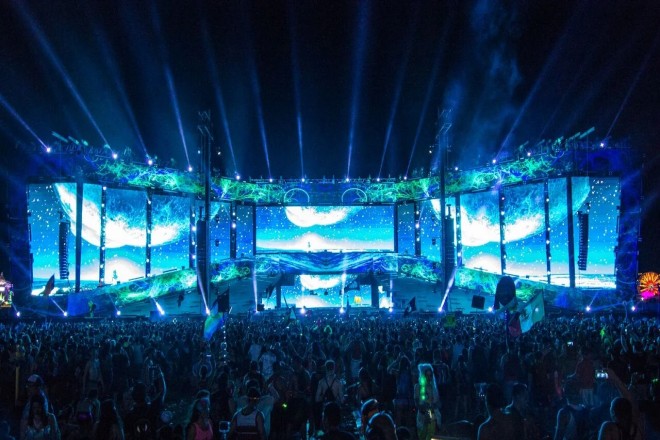
3). Stage performance:
在 阶段 performances, the brightness selection of LED displays is more complex and changeable, and adjustable brightness is suitable. Because it needs to be flexibly adjusted according to the layout of the stage lighting, the distance of the audience seats, and the atmosphere of the performance content.
For example, in a rock concert that needs to create a strong visual impact, a high-brightness display can enhance the stage effect and immerse the audience, while in a stage play or concert that pursues delicate emotional expression, the brightness may need to be appropriately reduced. , to highlight the performer’s facial expressions and detailed movements.
Therefore, when choosing an LED display for the stage, you need to fully consider the performance needs, audience feelings, and coordination with other stage elements.
3. Detailed example analysis on how to choose brightness
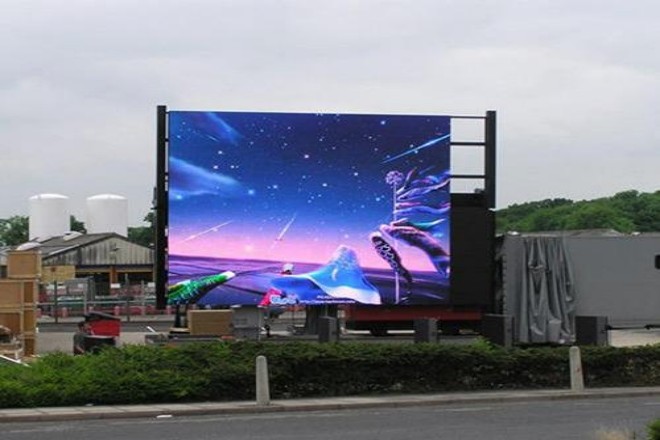
A large outdoor billboard in the central area of a city needs to display high-definition advertising content around the clock to attract the attention of passing pedestrians and vehicles.
- 亮度选择:
In this scenario, brightness is the primary consideration. Due to the large changes in outdoor environmental light, especially when exposed to direct sunlight, the display screen must have sufficient brightness to ensure that information is clearly visible.
Therefore, LED displays with high brightness, such as 5000-8000 nits (nit) or even higher, are usually selected to ensure that advertising messages can be effectively conveyed under any weather conditions.
- Balance of other performance indicators:
While pursuing high brightness, you also need to pay attention to the balance of contrast and color reproduction.
High contrast can enhance the layering of the picture and make the advertising content more eye-catching, while accurate color restoration can ensure the authenticity and attractiveness of the advertising.
In addition, considering the complexity of the outdoor environment, the protection level (such as IP level) and heat dissipation performance of the display are also factors that cannot be ignored.
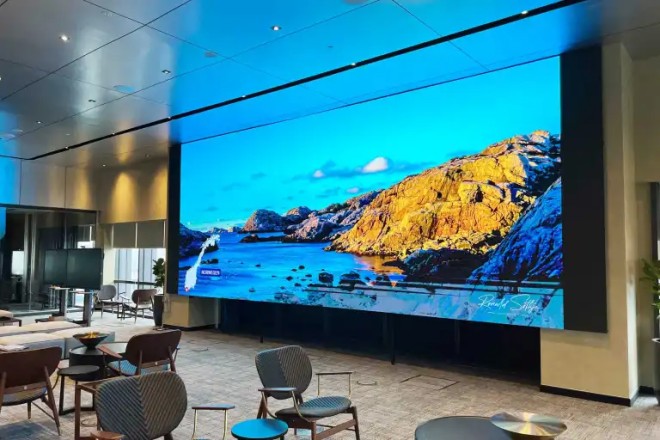
2). Indoor meeting room
A company’s conference room is used for daily meetings, product demonstrations, and remote video conferences.
- 亮度选择:
Unlike outdoor environments, indoor conference rooms have relatively low brightness requirements. Excessive brightness will not only cause visual fatigue but may also affect the projection effect or screen reflection.
Therefore, in this scenario, a medium-brightness LED display, such as 300-800 nits, is generally selected to ensure clear images at a comfortable viewing distance.
- Balance other performance indicators:
In addition to brightness, conference room displays also need to focus on performance, such as resolution, color accuracy, and viewing angles.
高 解决 can ensure the detail of the presentation content; the color accuracy can restore the true colors and enhance the viewing experience; and the wide viewing angle can meet the needs of multiple people watching at the same time.
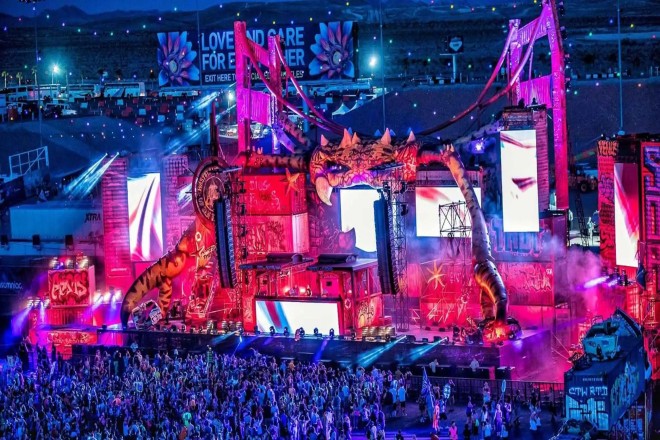
3). Stage background
The stage background of a large-scale concert or artistic performance needs to display different visual effects according to changes in performance content and atmosphere.
- 亮度选择:
The brightness selection of the stage background is relatively flexible and needs to be adjusted according to specific performance needs.
In performances that require a strong visual impact, such as rock band performances, you can choose a high-brightness display to highlight the stage effect, while in performances that pursue delicate emotional expression, such as dance or musicals, you may need to lower the brightness appropriately. To highlight the actor’s performance.
- Balance of other performance indicators:
The stage background display also needs to consider performance indicators such as refresh rate and grayscale. The high refresh rate ensures a smooth and smear-free picture, while the rich grayscale levels can show more details and color levels.
In addition, due to the complex and changeable stage environment, the flexibility and customizability of the display are also important considerations.
4). Purchase suggestions
Know where you’re going to use it: Before buying a display, figure out where you’re going to use it. Is it outdoors or indoors? Is it a conference room or a stage? Different places have different needs.
Consider many aspects: Brightness is important, but don’t just stare at it. You should also consider whether the color is good-looking, whether the picture is clear or not, and whether it looks equally good from different angles. Also, whether it is durable and whether it consumes electricity should all be taken into consideration.
Choose a good brand: When buying big things, it is important to choose a brand that is reputable and offers good service. This way, if there is a problem in the future, they can help you solve it in time. Moreover, the quality of good brands is also more guaranteed.
结论
To sum up, when purchasing an LED display, brightness is not the only determining factor. Instead, multiple factors such as usage scenarios, performance indicators, budget, brand, and after-sales service need to be considered comprehensively.
Through the discussion in this article, we hope to help buyers break the misunderstanding of “brightness first” and establish a comprehensive and scientific purchasing concept.
In future information display and dissemination, choosing the right LED display can not only improve the visual experience but also reduce operating costs and achieve sustainable development.
最后,如果你想了解有关LED显示屏的更多信息, 请与我们联系。
